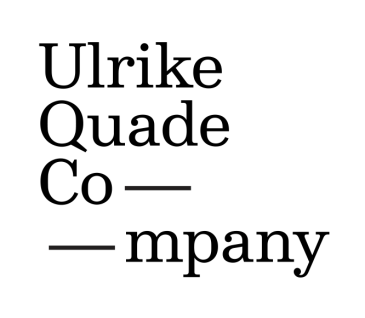Photo: Rick van Dugteren
Robot and puppetry: a unique interaction
The Ulrike Quade Company, a pioneer in interdisciplinary visual theater in Amsterdam for over twenty years, combines puppetry and technology on stage. Our mission is to blur the boundaries between technology, art and humanity. We do this by collaborating with professionals from the performing arts, creative industries and sciences.
In our Center Stage Robotics project, we explore how industrial robots can perform in a theatrical environment. From July 2023 to December 2024, we are diving into the world of industrial robots within theater and performance. Our sprints are essential here: intensive work sessions in which we explore specific topics and themes with a multidisciplinary team. These sessions provide new insights, prototypes and concepts for future theater and museum projects.
First sprint: interaction between KUKA robots and puppetry
In the first half of 2023-2024, we focused on the theme of interaction, with a special focus on the interaction between KUKA robots and puppetry. In the first Sprint, we investigated how the puppet Madama Butterfly, based on traditional Japanese Bunraku theater, interacts with two KUKA robot arms of different sizes.
What is Bunraku and who is KUKA?
Bunraku is an ancient Japanese puppet theater style that originated around 1600. This form of theater combines puppetry with instrumental music and singing. A Bunraku puppet is operated by three puppeteers and is now recognized as intangible cultural heritage by UNESCO.
KUKA Robotics is an international company based in Germany that specializes in automation technology, such as robots and fully automated systems. These robots are used in various modern markets, from industry to art.
Photo: Daan Colijn
The performance: robots and puppeteers on stage
During this event, we brought together two worlds: the traditional art of Bunraku and the modern technology of KUKA robots. Puppeteers Tim Hammer, Suze van Miltenburg and Joris de Jong brought the puppet Madama Butterfly to life, while Rick van Dugteren controlled the robots via a laptop.
The performance led to an engaging discussion about how the puppet and the robots interact. We explored questions such as: How does the size of the robots affect the doll’s expression? How does the audience react to the interaction between a traditional puppet and modern robots?
Key insights and reflections
A central theme was the equality between puppet and puppeteer, a core principle in the Bunraku tradition. We found that the interaction between the small and large KUKA robots and the puppet produced different expressions and stories. For example, the smaller robot acted as a conventional prop, while the larger robot created a whole “world” in which the puppet had to operate.
The different scales of the robots invited reflection on time, movement and visual characteristics. These insights will serve as a basis for future sprints and further explorations of the interaction between robots, humans and other entities in different social contexts.
Conclusion
This first sprint gave us valuable insights into how visually different entities, such as robots and puppets, can interact in a theatrical setting. This event provided a starting point for future Sprints and reinforced our overarching mission to explore and blur the boundaries between technology and art.
Read more
A glimpse into the robot lab
Sprint: care in performance art
Residencies
Ulrike Quade Company is researching the use of robots in theatrical settings in several areas. In this video, Suze takes you to the robot lab in Almere.
We explored the theme of care in human-robot interaction. In the process, circus artist and performer Daniel Simu entered into a unique dialogue with a KUKA robot.
An open invitation for artists to work with a KUKA robot for an extended period of time, leading to public and informal presentations.






